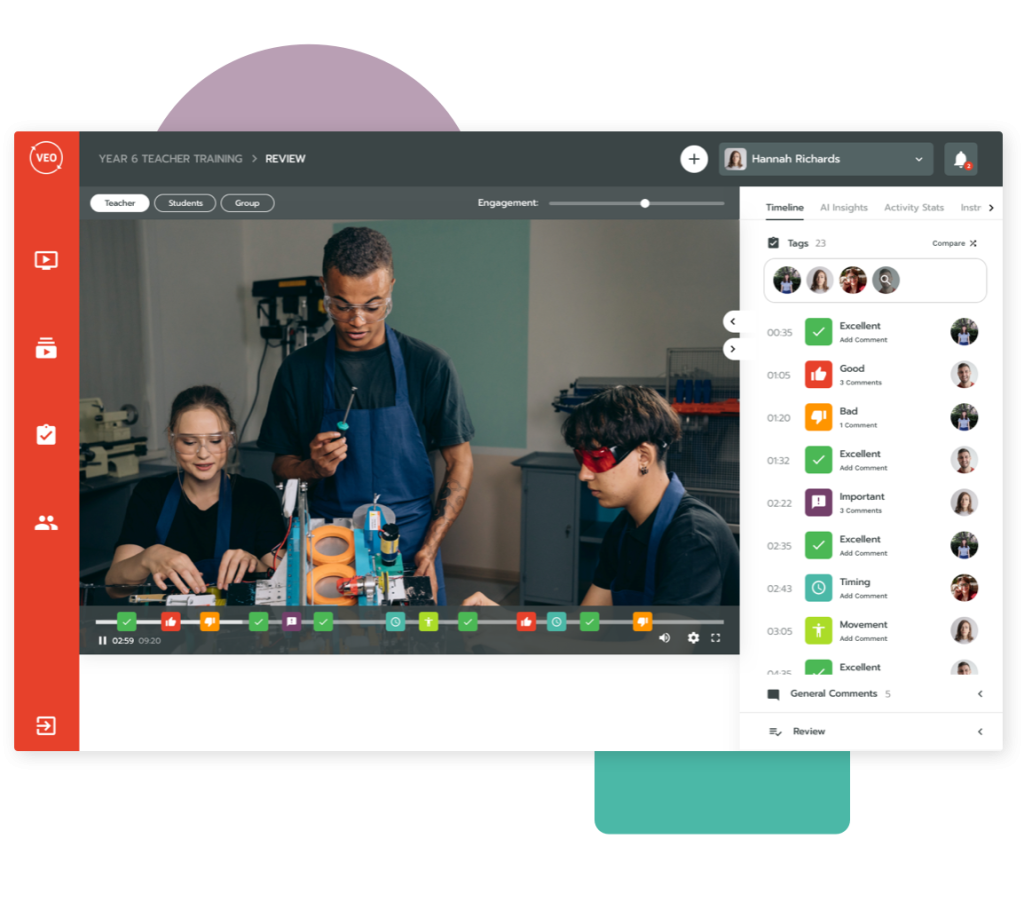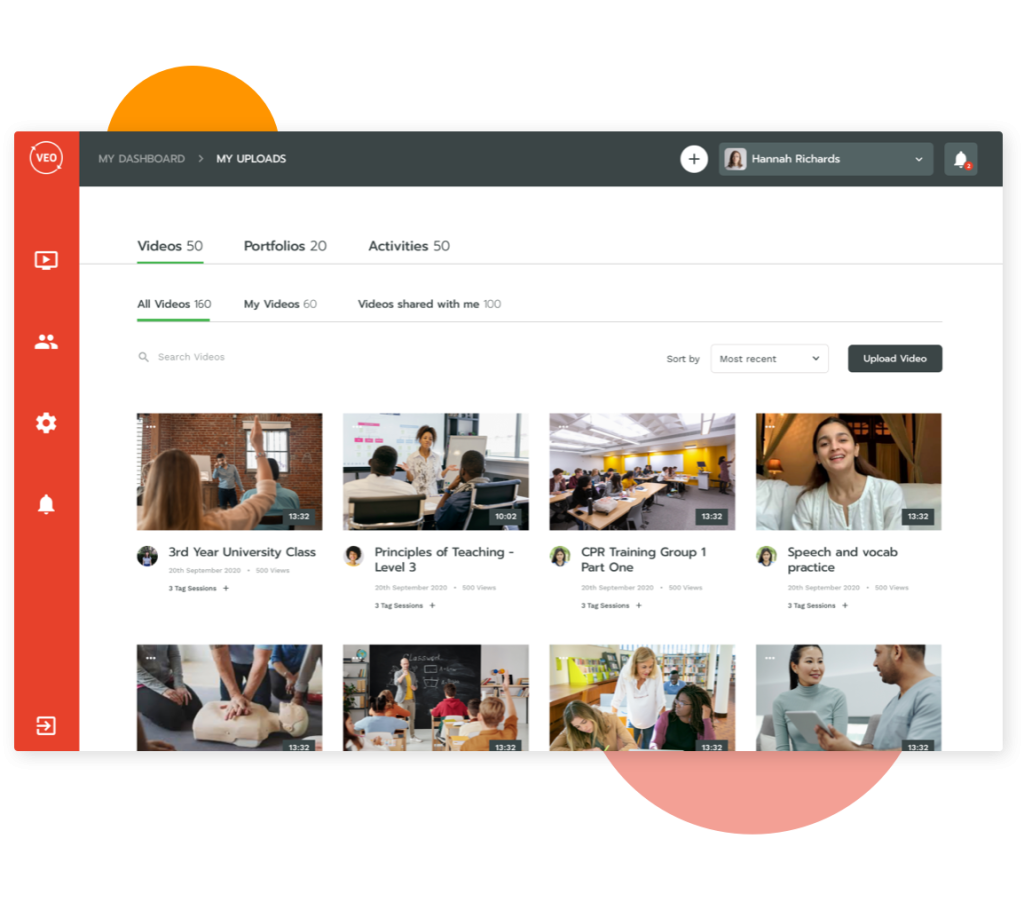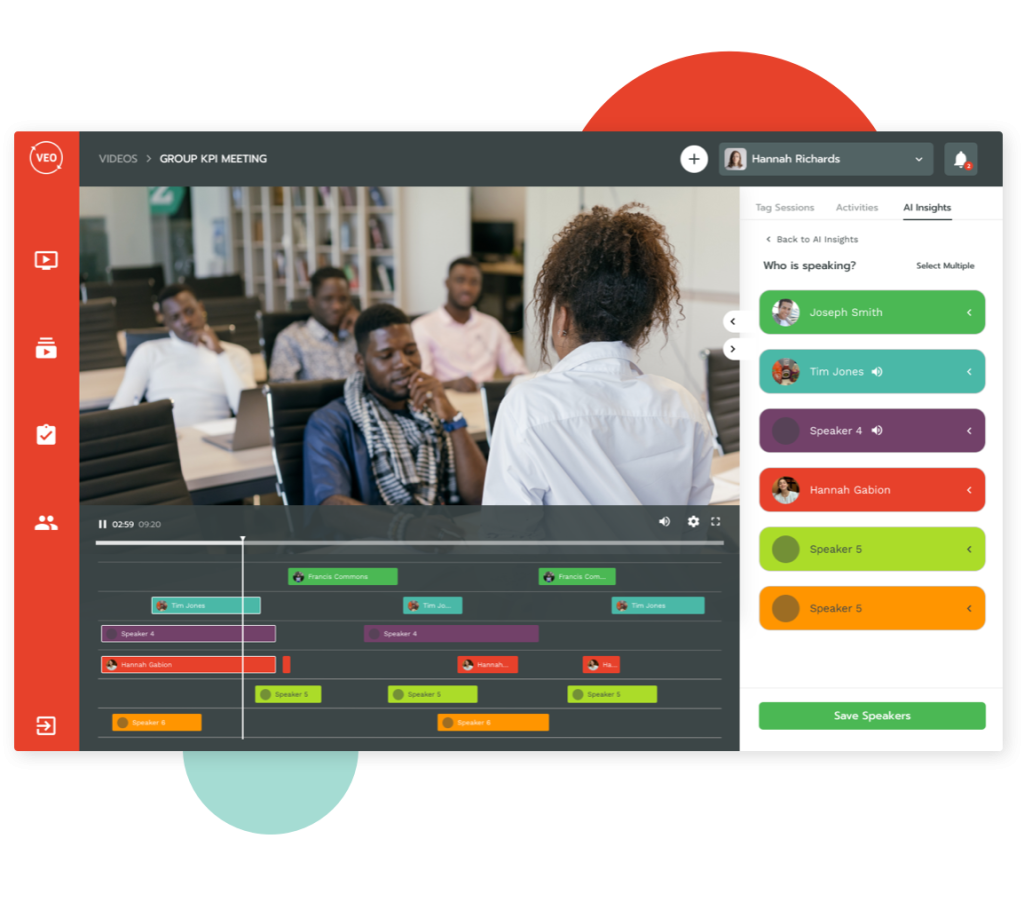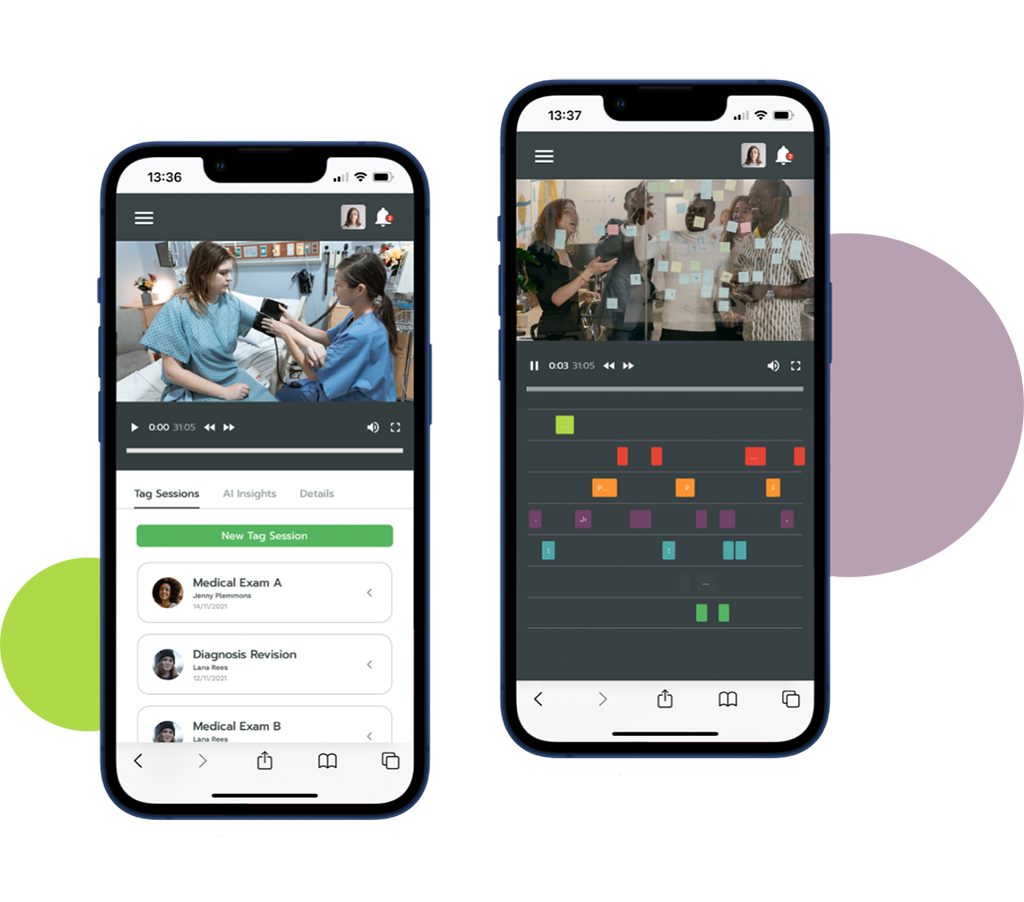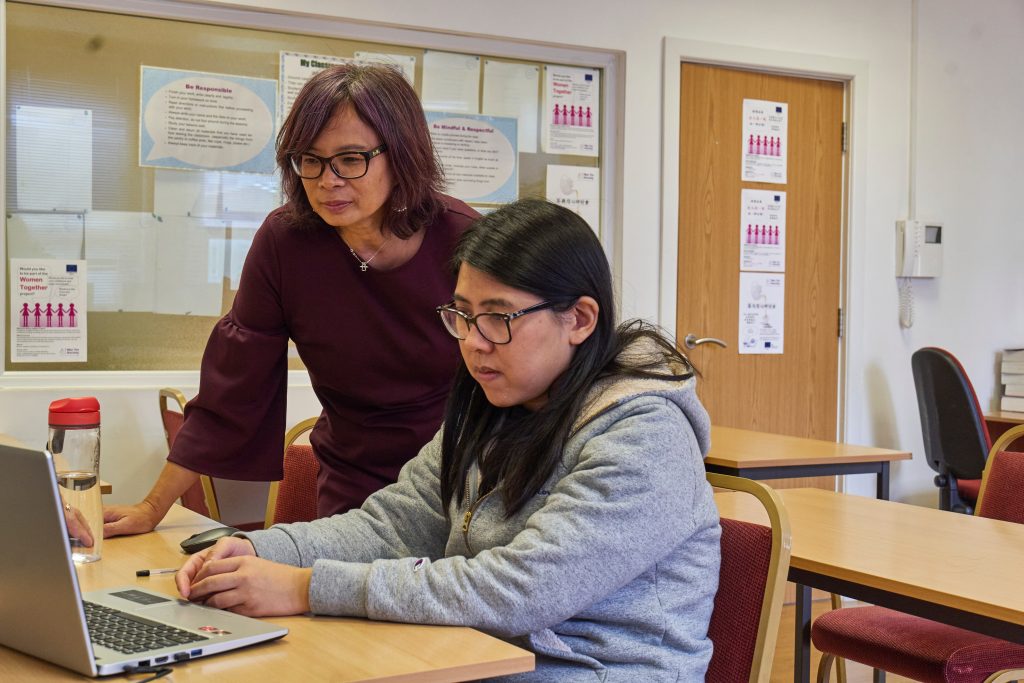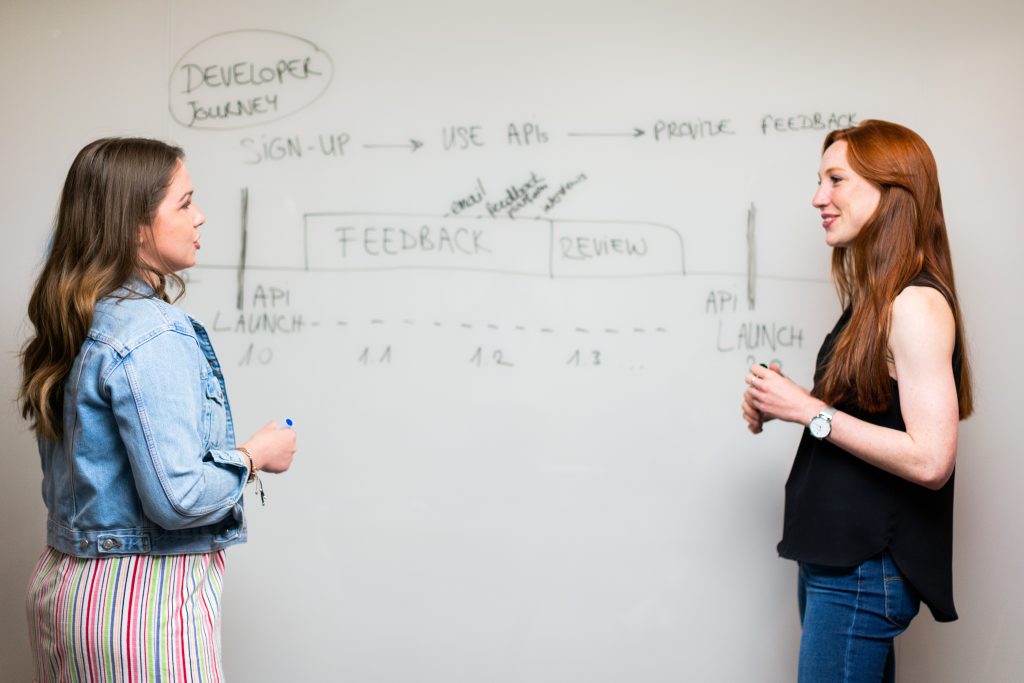Whilst the terms ‘distance learning’ and ‘distributed learning’ are often considered to be the same, there are some important distinctions between the two.
Whilst the terms ‘distance learning’ and ‘distributed learning’ are often considered to be the same, there are some important distinctions between the two.Today we’re discussing the differences and how both approaches can be used to improve learning outcomes.
Distance Learning
So what exactly is distance learning? Essentially, it’s a form of educational practice that removes the need for face-to-face contact between teachers and students. Instead, technology is used to overcome geographical barriers and enable students to learn remotely.
To put this into context, one of the most common scenarios where you might see distance learning programmes in use is in universities.
Distance learning is used here to facilitate independent study outside of the lecture theatre to encourage students to become independent learners, ready for the world of work. It could be in the form of publishing ‘homework’ material online, additional reading, or in the case of the Open University, all course content.
There are a whole host of benefits to studying in this way, one of the most obvious being the freedom it affords learners to be able to choose where to study, but also, the enhanced availability of learning materials across dispersed populations.
In theory, anyone can learn and gain qualifications no matter where in the world they are, thanks to distance learning! Not to mention, learning online is often a lot cheaper than enrolling onto a university course.
Distributed Learning
Next, let’s define distributed learning. Arguably, it’s a form of distance learning, the crucial distinction being that not only does it seek to overcome location barriers, it eliminates time restraints too. Essentially, it’s distance learning but with a broader goal.
Dede (2004) defined distance learning as “a term used to describe educational experiences that are distributed across a range of geographic settings across time and across various interactive media.”
Like distance learning, distributed learning is often used in schools and universities. However, the key difference is that students are able to decide what they learn and when they learn, as well as when, thanks to the integrated use of technology. Content in this style of learning is matched to the time and situation of the learner, bringing added convenience and motivation to the process.
It doesn’t eliminate the option to have face-to-face contact, but it does make the teaching and learning experience less dependent on a physical location and specific time. Instead, learning happens as and when needed, in the short periods of time available to students. Many students view this flexibility to be a huge advantage, enabling them to enjoy other aspects of their life to the fullest, whilst still receiving a high quality of education.
Another major advantage is the ability to study at any pace. Whether it’s because of other life commitments or the speed at which a topic is grasped, it doesn’t matter – distributed learning offers maximum flexibility while giving access to a large body of learning.
VEO
So whilst there are subtle differences between distance learning and distributed learning, both are variations of learning cultures that rely on the adaptability of technology to share, store, retrieve and extend knowledge.
No matter the learning style your organisation prefers, VEO is set up to facilitate both – providing accessible and collaborative learning across widespread and global communities. We’re already working with schools and universities across the world to allow them to experience the benefits of these practices for themselves.
Contact us to arrange a demo today.
